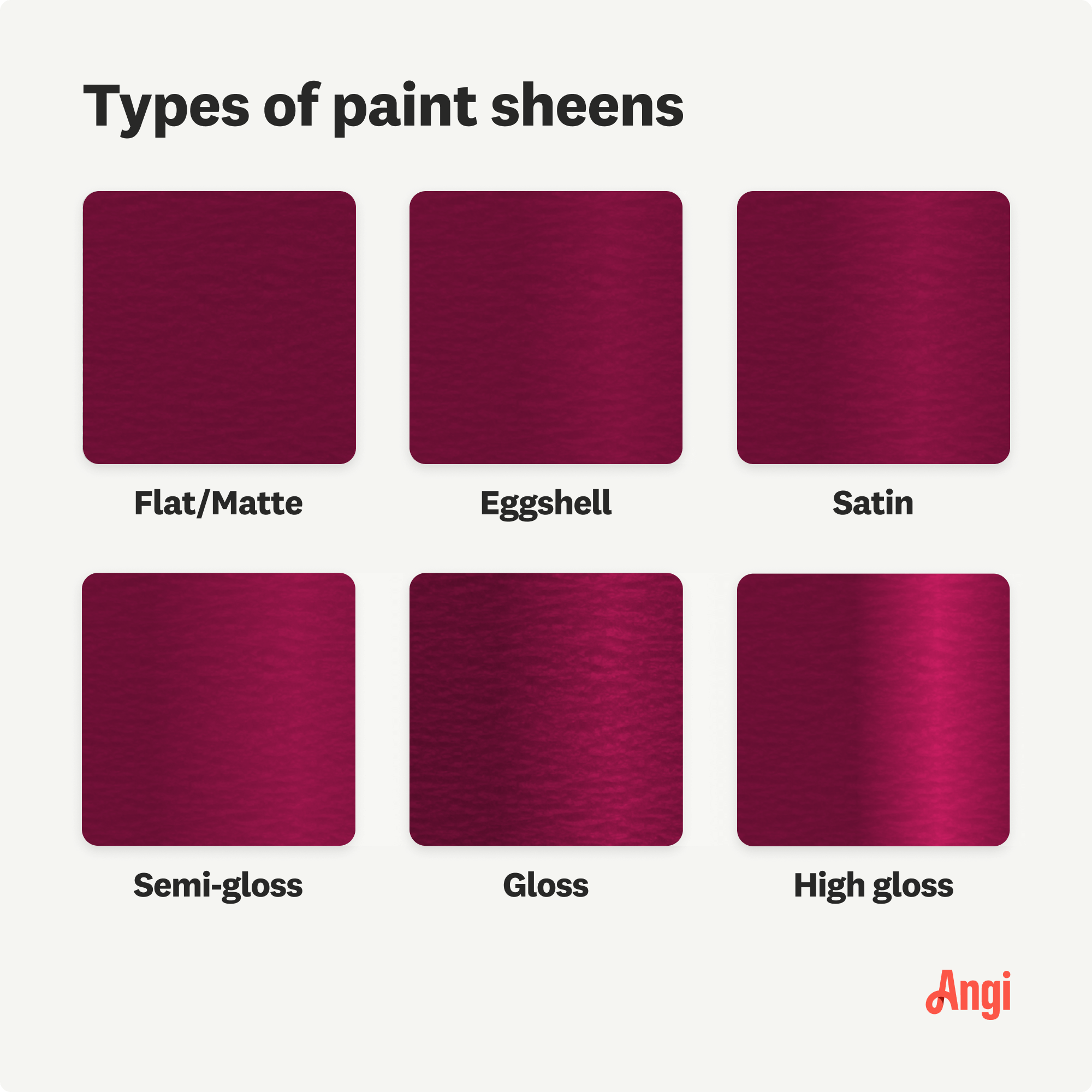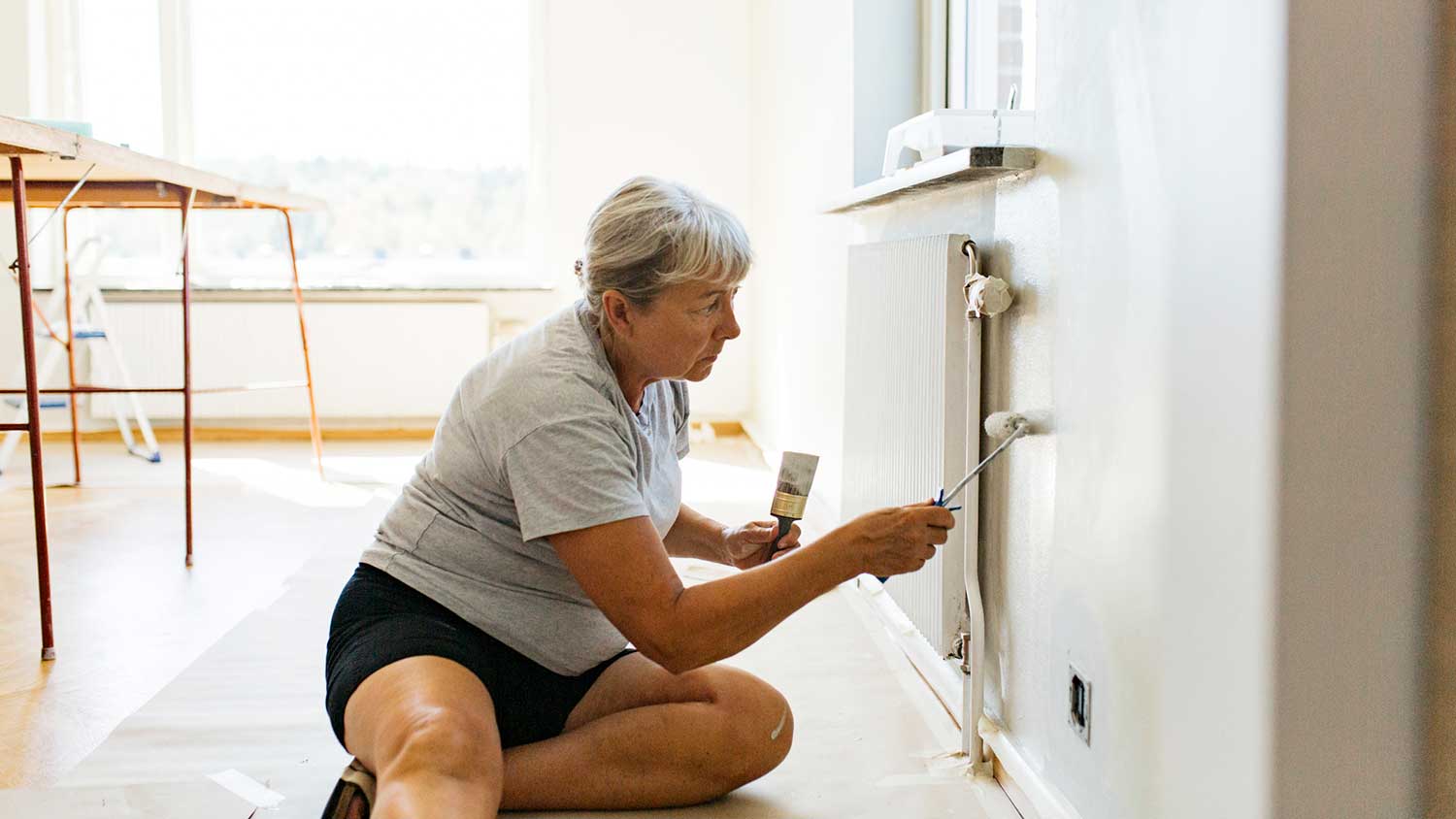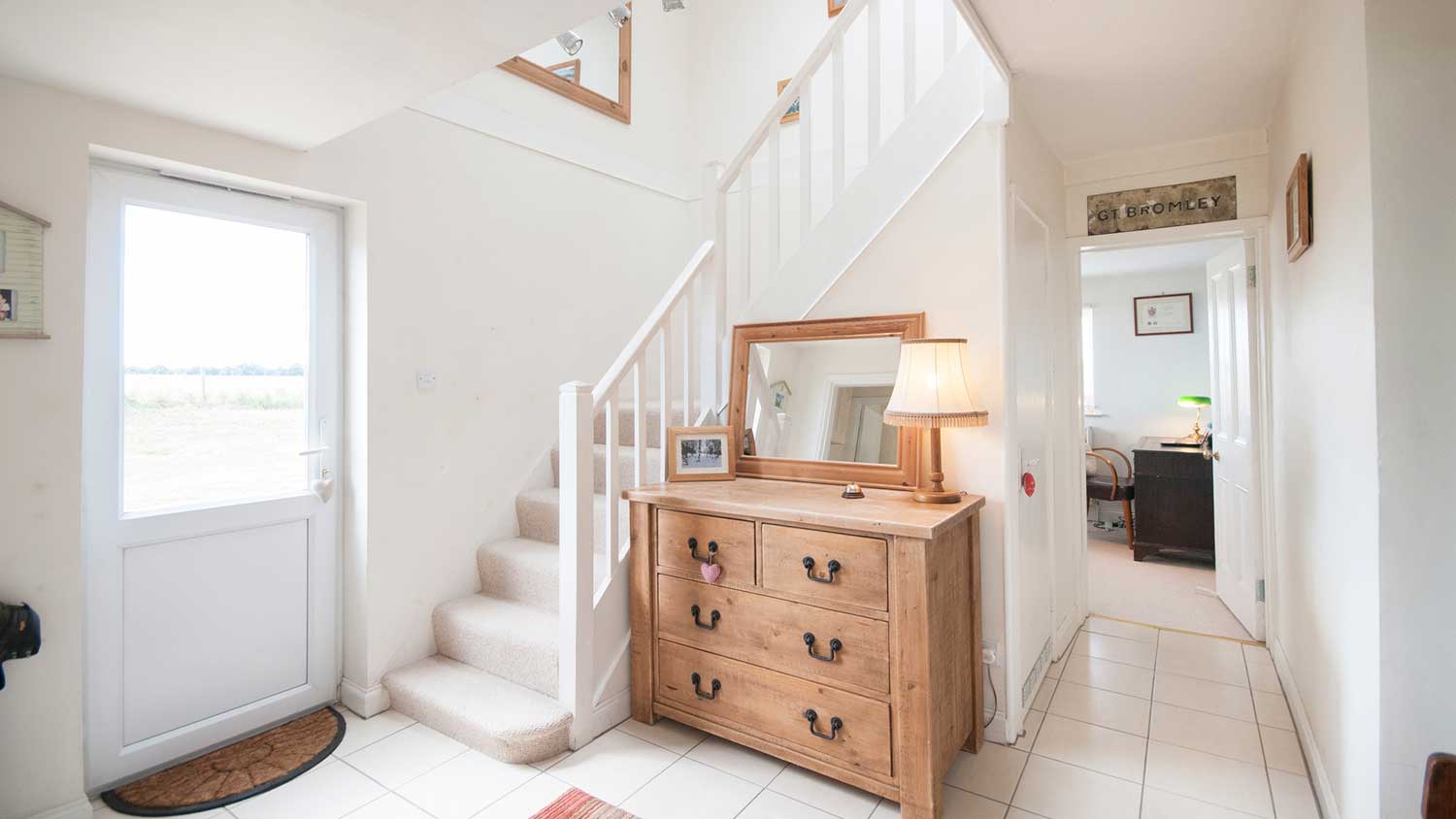
The cost to paint the interior of a house in Detroit, MI depends on size, layout, type of surface, and more. Learn what factors can influence your total in this guide.
This versatile finish is perfect for a range of painting projects


Satin paint has a medium-glossy finish and is known for its durability.
It’s moisture-resistant and easy to clean, so it’s a good choice for kitchens and bathrooms.
Satin paint is ideal for a variety of home painting projects.
It’s easy to get lost in the endless hues at your local paint retailer, but the type of finish you choose is equally as important as the color. Satin paint is a popular choice for home painting projects because it’s a happy-medium finish between matte and glossy, plus it’s versatile enough for a variety of settings. So, what is satin paint, how does it look, and what are its benefits? Here’s everything you need to know.
Satin paint is a type of paint that is made by adding a small amount of gloss to flat (matte) paint. With a soft, velvety sheen, satin paint is characterized by its subtle luster or gloss level. It’s middle-of-the-road in terms of glossiness for exterior or interior paint colors.
This type of paint finish is known for being durable and easy to clean, and it’s a popular choice for bathroom paint because of its moisture-resistant qualities. It’s also a go-to paint sheen for walls, ceilings, and trim work.
On the scale of glossiness, which goes from matte to high gloss, satin paint is between eggshell and semi-gloss. That means that while satin finish paint has some sheen, similar to satin fabric, it’s not as glossy as semi-gloss through high gloss varieties. Glossiness can be measured on a scale of 0 to 100, where zero is no gloss, and 100 is a mirror-like surface. Satin paint scores a 20 to 30 on this scale.
| Finish | Gloss Rating |
|---|---|
| Ultra flat | Below 1 |
| Flat | 1-2 |
| Matte | 3-7 |
| Eggshell | 8-12 |
| Satin | 20-30 |
| Semi-gloss | 30-40 |
| Gloss | 40-80 |
| High Gloss | Above 80 |
Paints come in several types of finishes or gloss levels, including gloss, semi-gloss, satin, eggshell, and flat.
Here’s how satin paint compares to some other paint sheen options.
Satin vs. Semi-Gloss: Satin paint has a more matte finish than semi-gloss paint, meaning it reflects less light.
Satin vs. Eggshell: Eggshell paint is typically more matte than satin paint, with a hint of sheen. However, satin paint is easier to clean and glossier than its eggshell counterpart.
Satin vs. Flat: As its name suggests, flat paint provides a very matte look, especially compared to satin paint. Satin paint is also more durable and easier to scrub clean.


Satin paint is a popular choice for high-traffic areas because it’s easier to clean and more durable than flatter options. Here are the pros of using satin paint.
Satin paint lasts longer than lower-sheen paints because it’s a little less porous than they are. It holds up better to moisture and doesn’t scuff as easily as flat or matte paints. It holds up better to daily wear and tear, so you won’t need to touch it up as often as other finishes.
Satin finish has some sheen to it, so it will highlight curves. This makes it an excellent choice for millwork and trim, as it accentuates a carved surface's contours. Showing off the depth of moldings and frames is satin’s strong suit.
Satin paint doesn’t show overlap marks where a roller goes over the same area twice, adding a little more paint to the surface, as much as its glossier counterparts. Satin paint has a shorter drying time than shinier paints as well.
Satin paint can easily be wiped down with soap and water without affecting the finish, so it’s ideal in higher-traffic areas. Other paint finishes don’t have the washability that satin paint does, so if you anticipate needing to clean your walls regularly, satin is a great choice.
Satin paint’s moisture resistance not only makes it easy to clean but also makes it a good option for rooms with higher humidity. It’s the best paint for kitchens and bathrooms since these rooms tend to have more moisture accumulation, so a moisture-resistant paint will hold up best.

Satin paint’s durability, moisture resistance, and easy-to-clean finish make it an excellent choice for a variety of areas. The best places to use satin paint include:
High-humidity rooms like kitchens and bathrooms
Doors and door and window trims
High-traffic areas like hallways and staircases
Mudrooms and entryways
Children’s rooms
Baseboards and radiators
Due to its subtle sheen, satin paint may cast a bothersome reflection on walls that receive lots of direct sunlight. It’s also not the best choice for ceilings or damaged walls since it is reflective and highlights flaws. For these types of settings, flat finishes are often a better option.
Even if you follow the best painting tips and tricks, matching the neatness and smoothness of professional applications can be challenging. While satin paint is more DIY-friendly than glossier finishes, it can still show brush strokes and uneven color if not applied correctly. For flawless results and a lot of time and effort saved, hire a local interior painter who can help bring your color vision to life. Hiring a painter ensures you’ll get an even finish without ever having to pick up a roller, and the cost to paint a room can be well worth not having to spend the time on DIYing it.
From average costs to expert advice, get all the answers you need to get your job done.

The cost to paint the interior of a house in Detroit, MI depends on size, layout, type of surface, and more. Learn what factors can influence your total in this guide.

The cost to paint the interior of a house in Austin, TX depends on size, layout, type of surface, and more. Learn what factors can influence your total in this guide.

The cost to paint the interior of a house in Seattle, WA depends on size, layout, type of surface, and more. Learn what factors can influence your total in this guide.

When selecting the best paint for garage walls and ceilings, consider aesthetics, durability, ease of cleaning, and conditions in the space.

You must choose the best paint for metal surfaces to get the smoothest and longest-lasting coverage. We’ve rounded up 12 of the best paints for metal items in this guide.

What are the best basement paint colors? Check out our guide to learn the wall colors that will make your basement feel bigger, brighter, and more inviting.